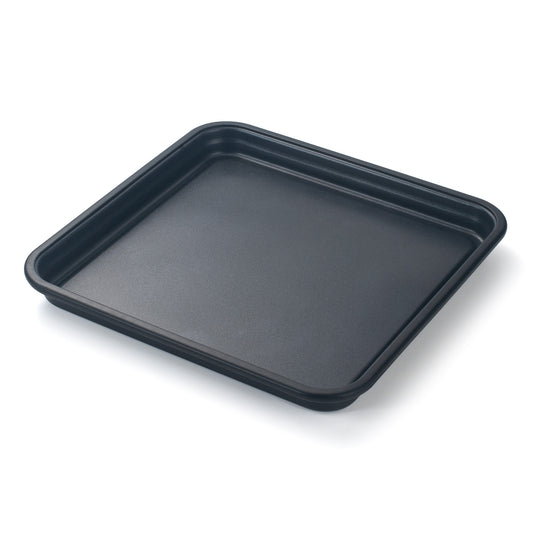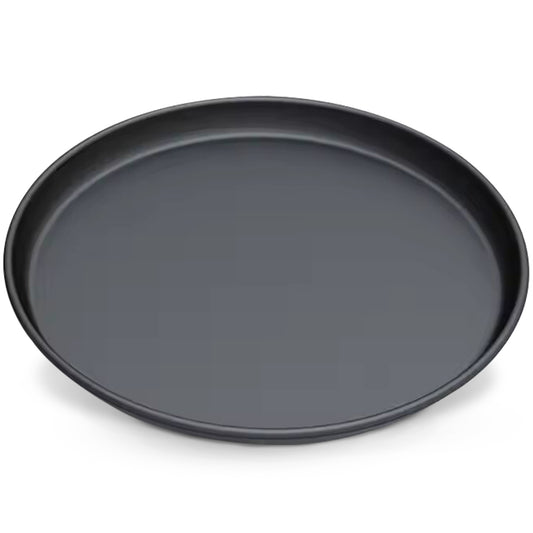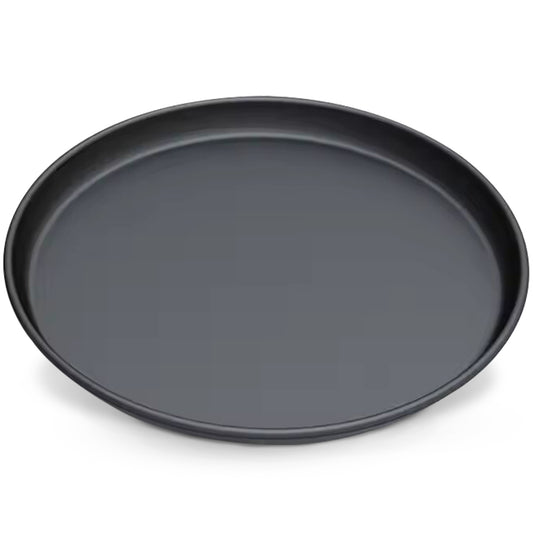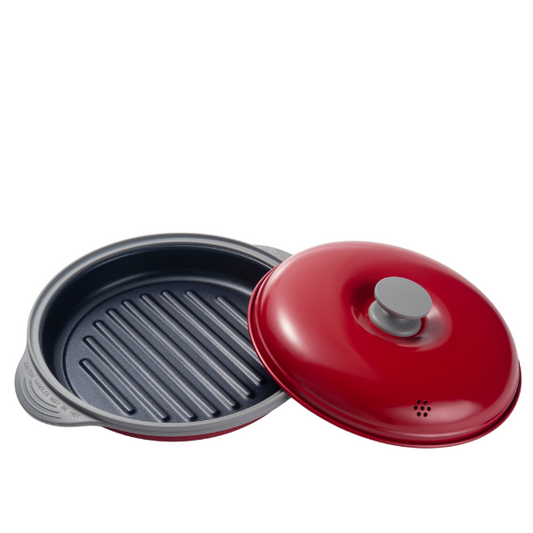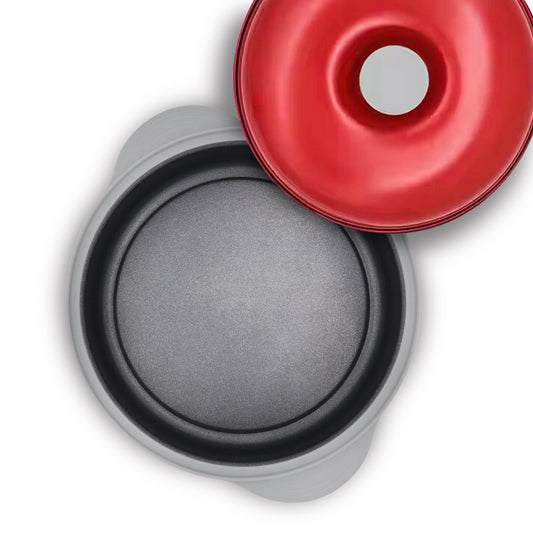Microwave pans make cooking fast and simple, from steaming veggies to reheating leftovers. They’re perfect for quick, mess-free meals in any kitchen. Enjoy a 1-year warranty, free 30-day returns, and fast 3-5 day shipping across the USA.
Understanding Microwave Pan Set: Your Guide to Microwave-Safe Cookware
Microwave pans are kitchen heroes. They handle reheating, cooking, and quick fixes. But not every pan can take the heat! Microwave-safe pans are tough and don’t warp or crack.
Avoid materials like metals or regular plastic. Metals can spark, and plastic can melt. Choose pans labeled “microwave-safe.” It’s a small step but worth it! Good choices are glass, ceramic, or specific plastics that won’t leach chemicals.
With a microwave-safe pan, you skip the mess. The right pan keeps cooking smooth, simple, and safe. Your microwave (and taste buds) will thank you!
How Do I Know if My Pan is Microwave Safe?
Are you not sure if your pan is microwave-safe? It’s of utmost importance to identify the right pan for your kitchen.
First, check if your pan has a “microwave-safe” label. This is the easiest way to know if it’s safe. If there’s no label, try this simple test: Fill a microwave-safe cup with water and place it in the microwave along with the pan. Heat both items on high for one minute.
When done, carefully touch the cup and pan. It was microwave-safe if only the water was hot and the pan stayed cool. But if the pan feels warm, it’s best not to use it in the microwave, as it may overheat or warp. To be extra safe, stick with microwave-friendly materials like glass, ceramic, or labeled microwave-safe plastics.
Play it safe! Glass, ceramic, and microwave-safe plastics are usually good bets. If you’re still unsure, don’t risk it. It's better to be safe than to face a microwave mishap.
The Best Shape for Microwave Safe Pans: Maximizing Efficiency
The shape of your microwave pan significantly impacts how evenly your food cooks. Round and shallow pans are the top choices because they allow microwave energy to circulate consistently, reducing the chances of hot spots. This means your food heats more uniformly, which is essential for achieving the right texture and avoiding undercooked areas.
Benefits of Round and Shallow Pans: Round pans promote even microwave energy distribution, unlike square or rectangular pans, which can create hot spots in the corners. Shallow pans also allow food to spread out in a single layer, letting microwaves penetrate more effectively. This shape is especially helpful for reheating items like casseroles or cooking vegetables, where consistent heating is crucial.
Avoid Deep or Cornered Pans: Deep or square-shaped pans may lead to uneven cooking, as microwaves struggle to reach the center in deep containers. Sharp corners in square or rectangular pans can absorb more energy, causing the food in those areas to overheat. Sticking with round, shallow microwave pans helps prevent these issues.
Choosing the Right Pan for Best Results: For the best microwave cooking experience, select round and shallow pans that allow heat to reach all areas evenly. This simple choice improves cooking performance and ensures your food is cooked thoroughly and consistently, reducing the need for stirring or rearranging during the process.
Is Any Metal Safe in the Microwave?
Generally, no. Tossing metal in there might seem harmless, but it can lead to sparks and disaster. Metals reflect microwaves instead of absorbing them, which risks turning your meal prep into a mini fireworks show.
But yes, some exceptions exist. Small, smooth foil pieces are often safe if handled right. Certain microwaves even come with metal racks designed to sit safely inside. Check your manual first!
Avoid using sharp or crumpled metal, though. Sharp edges invite sparks that can damage your microwave or worse. If you must experiment, keep it small, smooth, and by the book. Or stick to traditional microwave-safe materials. No metal drama is needed.
Can You Achieve Crispy Results in a Microwave Pan?
While microwaves aren’t known for crunch, a microwave crisper pan can work some magic. These pans heat up and transfer heat directly to food, helping you dodge that dreaded soggy texture.
The trick is preheating. First, give the pan a minute or two in the microwave, and it’ll build up the heat needed for crisping. Then, place your food on it, and let the pan do the rest.
But don’t expect oven-level crunch. You’ll get a nice, improved texture, but it won’t match a deep fryer or broiler. Still, a microwave crisper is a solid option for quick, crispy snacks. This is perfect for reheating pizza, fries, and more without the flop.
FAQ's
What’s the best shape for a microwave pan?
Round or oval pans are ideal, as they allow even heating and reduce the risk of cold spots that are more common in square or rectangular pans.
Is aluminum safe for microwaving if it’s disposable?
Only in small amounts and when used cautiously! Disposable aluminum can be used if smooth, but keep it small, and ensure it doesn’t touch the microwave walls.
What materials should never go in the microwave?
Avoid metal, aluminum foil, non-microwave-safe plastics, and anything with sharp edges. These can spark, overheat, or release harmful chemicals.
Are non-stick pans safe to use in the microwave?
Generally, no. Most non-stick coatings aren't designed for microwave heat and could release chemicals. Stick to microwave-safe alternatives instead.
How can I tell if a pan is microwave safe?
Look for a “microwave-safe” label. If unsure, test it by microwaving the empty pan with a cup of water for 30 seconds; if the pan stays cool, it’s safe.

